Super Hornet fighter jets on the deck of a US Navy aircraft carrier in the Red Sea are sporting Houthi drone kill marks
- Oops!Something went wrong.Please try again later.
US Navy fighter jets have spent months fending off Houthi threats around the Red Sea.
Some of the aircraft have been seen sporting kill marks for the drones that they've shot down.
The drone silhouettes appear to resemble the KAS-04, or Samad, system.
US Navy fighter aircraft that have been battling Houthi drones and missiles around the Red Sea appear to be sporting kill marks reflecting the threats they've eliminated.
A photo published by the Navy last week shows the silhouettes of two drones and 11 munitions painted on the side of an F/A-18E Super Hornet on the deck of the aircraft carrier USS Dwight D. Eisenhower, a lead ship in the US military's response to the ongoing Houthi attacks off the coast of Yemen.
The drone silhouettes painted on the side of the Navy Super Hornet appear to resemble the Houthis' KAS-04 system. The US military confirmed in November that it shot down an Iranian-made KAS-04, which is also known as a Samad drone, but for the most part, the model of drones that American forces engage has not been disclosed.
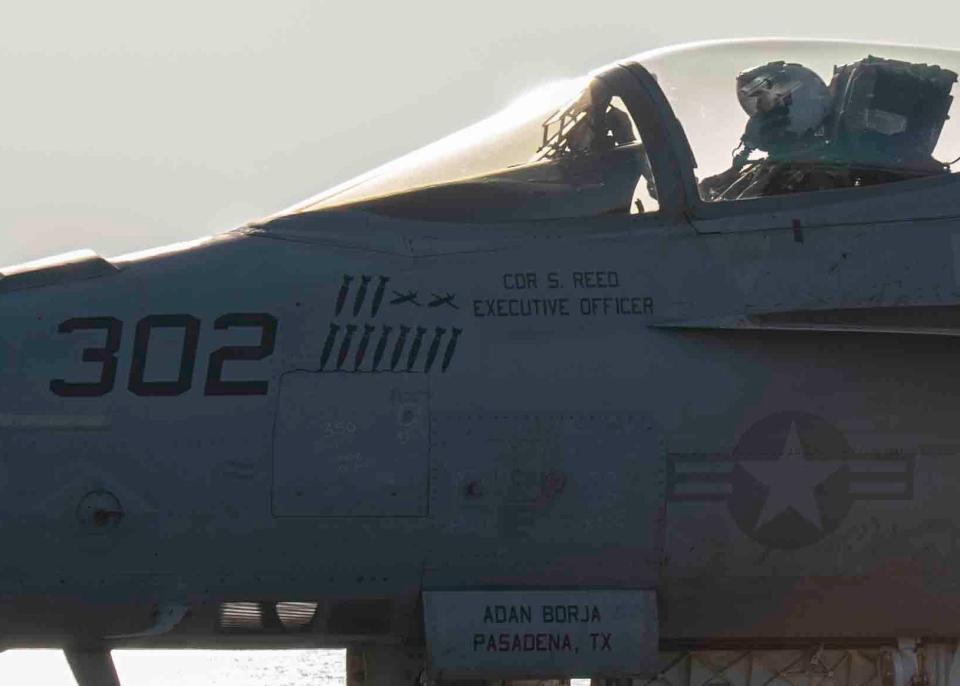
Fighter jets belonging to the Eisenhower's carrier air wing, like the Super Hornet pictured, have been tasked with intercepting Houthi threats in the air and also bombing the Iran-backed rebels directly in Yemen through a mix of both unilateral preemptive strikes and coordinated strikes with US allies.
The munitions painted on the Super Hornet in last week's Navy photo appear to signal the number of bombs dropped by the aircraft in such strikes, according to the BBC, which captured its own images of the silhouettes during a recent embark on the Eisenhower.
The specific meaning of the munition markings is unclear, but Business Insider observed similar markings on at least one fighter jet during a visit to the Eisenhower in the Red Sea last month.
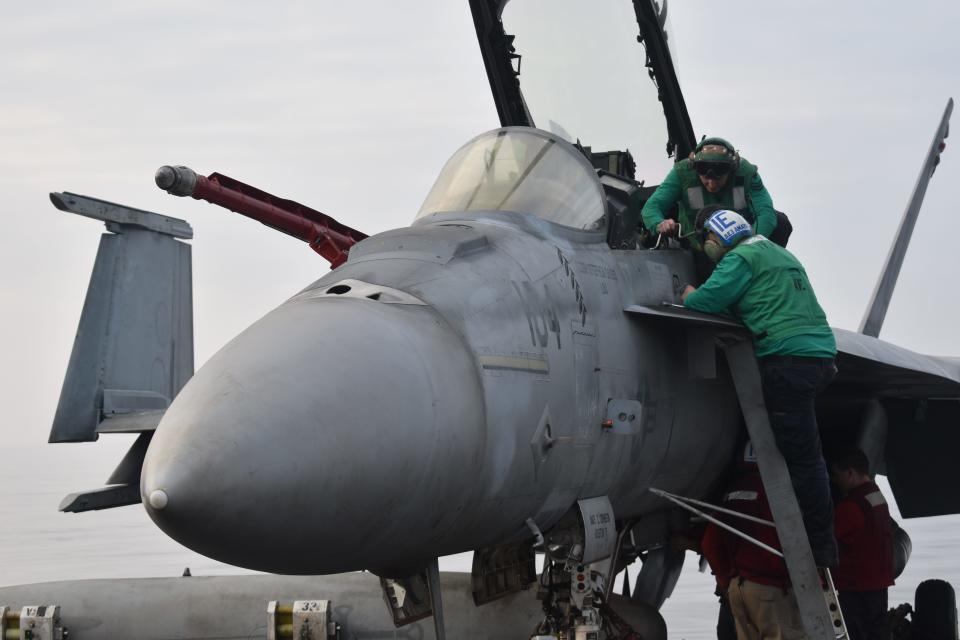
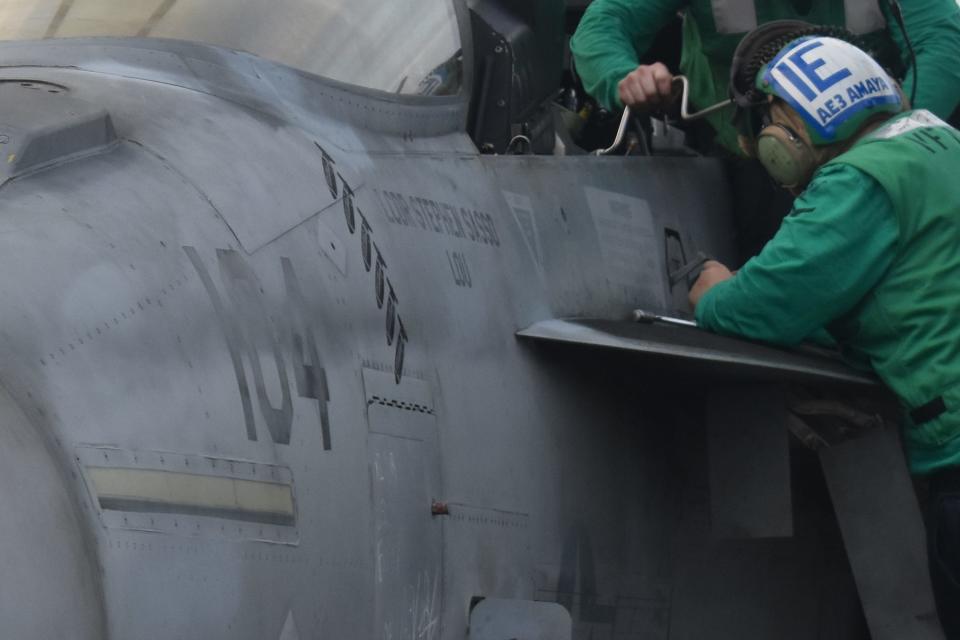
The painted silhouettes photographed by BI, the BBC, and the Navy resemble kill marks, or victory marking, which typically refers to systems that were shot down by an aircraft's crew in aerial engagements. This practice has a long history dating back to World War I and has been used by other militaries beyond the US.
US Central Command, or CENTCOM, did not immediately respond to BI's request seeking clarification on the markings in the photo published by the Navy last week, nor did it specify what munitions have been released by fighter jets in the Ike's carrier air wing.
For months, US and allied warships and aircraft have been destroying deadly threats like anti-ship ballistic and cruise missiles, one-way attack drones, and unmanned underwater and surface vessels, as they defend international shipping lanes off the coast of Yemen from unrelenting Houthi attacks.
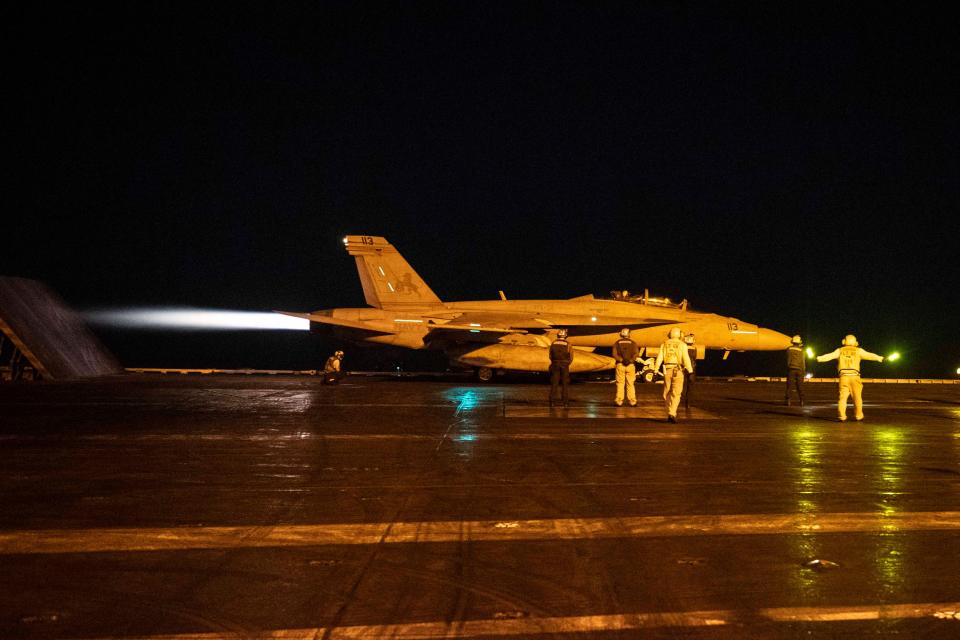
Some of the Houthi missiles and drones have successfully scored hits on commercial ships transiting these key Middle Eastern waters, although the incidents mostly caused minor damage and did not prevent the vessels from continuing on with their journeys.
But in recent weeks, the Houthis have managed to both sink a vessel and kill civilian crew members for the first time in two separate attacks involving anti-ship ballistic missiles.
US forces are now engaging the Houthis — either through preemptive strikes or intercepting their threats in the air — on a routine basis, raising questions about the sustainability of the US-led coalition as it continues to expend resources and munitions.
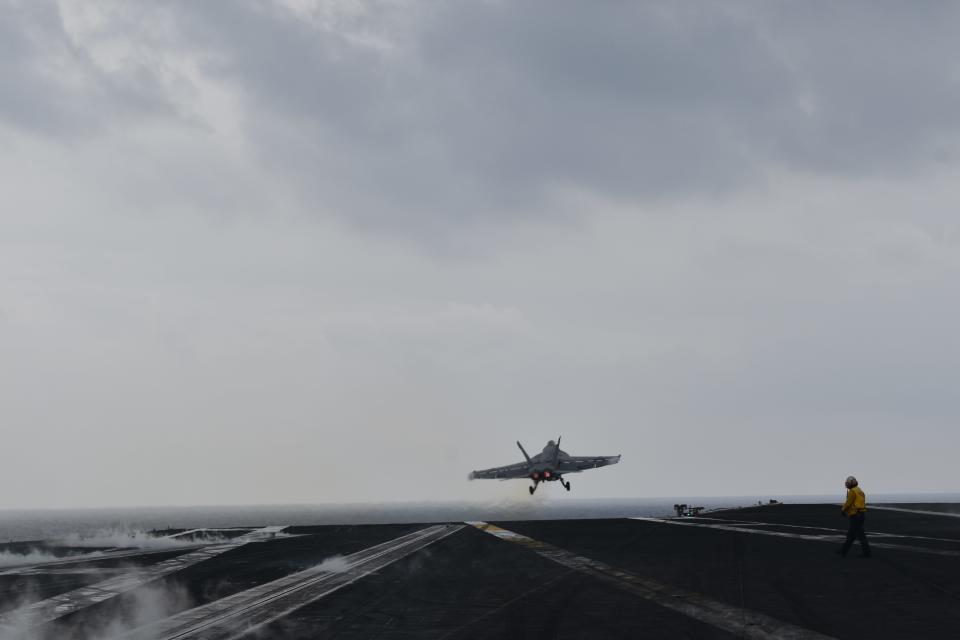
Navy leadership, however, has stressed that Carrier Strike Group 2 — which consists of the Ike, four destroyers, and a cruiser — will stay in the region for as long as they're needed.
Pentagon officials continue to emphasize that the preemptive strikes in Yemen are chipping away at the Houthi arsenal and capabilities, but they acknowledge that the rebels continue to receive weaponry and support from Iran.
"We're under no impression that we have completely wiped off the map all of the Houthis' capabilities," Deputy Pentagon Press Secretary Sabrina Singh told reporters last week. "We know that they continue to have a robust arsenal, they continue to threaten commercial shipping."
Read the original article on Business Insider

